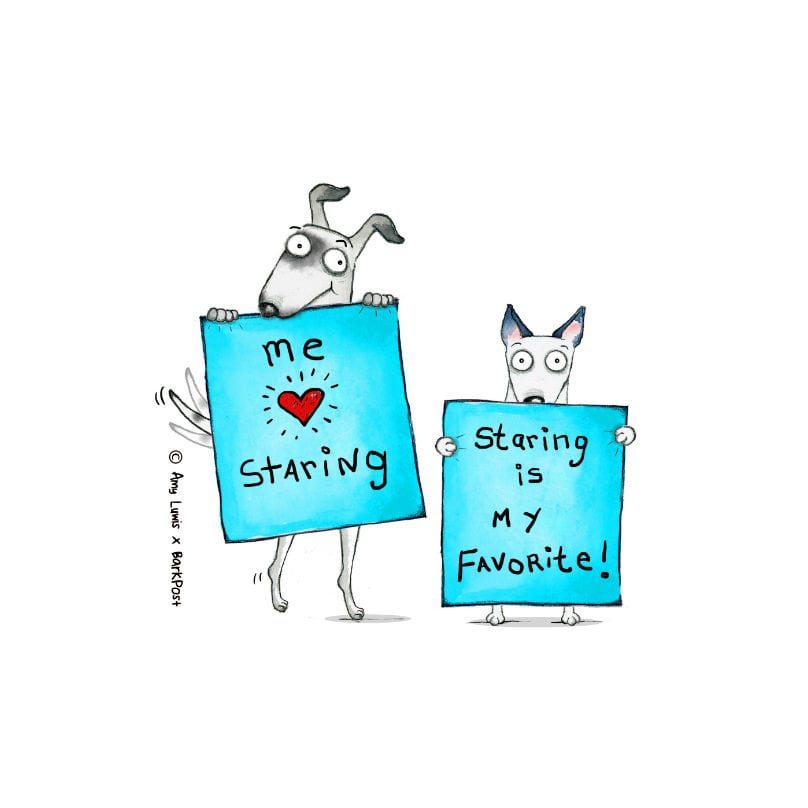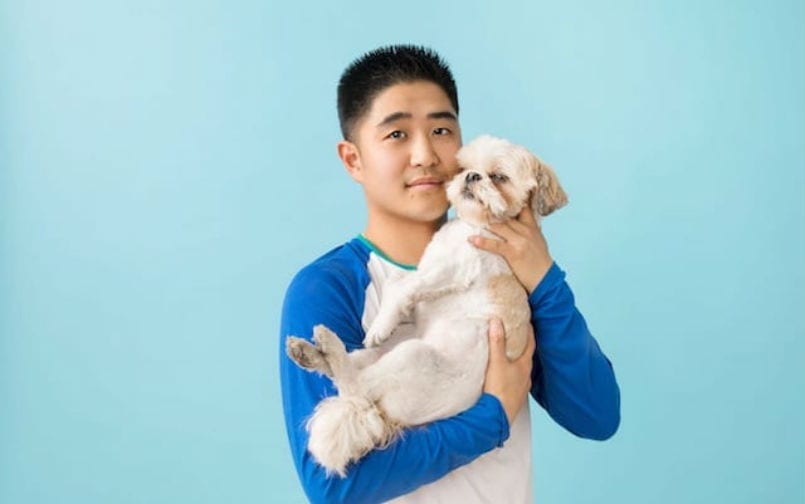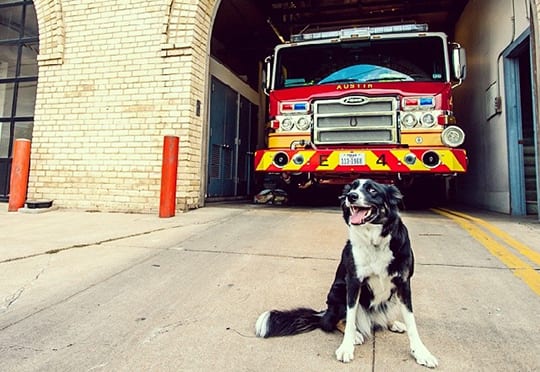The strewn pillow fluff, gnawed couch arms, and shredded rugs you come home to everyday are likely not a sign of a reckless dog, but one that suffers from separation anxiety. A lack of exercise and activities during a day home alone will do this, and when your pup doesn’t know how to control his stress, destruction can often ensue.


As pack animals, dogs aren’t used to being alone, so, when their humans go away, they resort to destructive behaviors to relieve anxiety and burn off excess energy.
(It’s a common misconception that dogs behave this way as a form of revenge.)
A pawrent recently conducted an experiment with a GoPro and his pup to see how his dog does when left alone. The results were heart wrenching.
Here are 5 ways you can tackle separation anxiety so both you and your pup can breathe a little easier when you’re apart.
1. Take your dog for an energized walk
A nice, brisk walk can work wonders for your dog. The goal is to leave your dog tuckered out. That way, the minute you leave they’ll settle into resting mode and nap time.
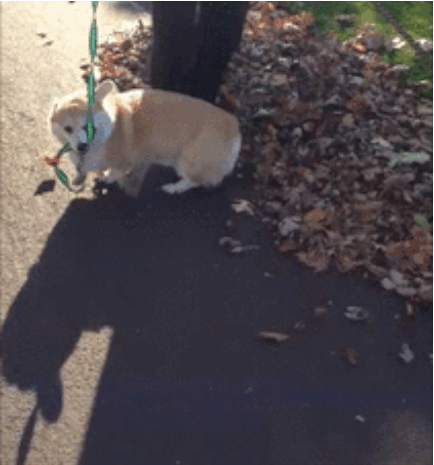

2. If a walk isn’t possible, try playing with your pup
A good 20 to 30 minutes of play time will have the same effect as an energized walk. The more tuckered out they are the calmer they’ll be, especially as they’ve dissipated all their excess energy.
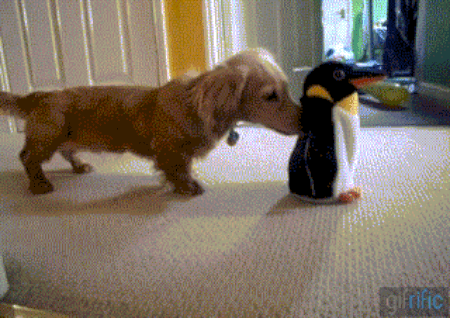

3. Associate your leaving with a delicious treat
The ASPCA suggests using a puzzle toy (like a Kong) stuffed with food (like peanut butter) every time you leave the house. This will keep your dog deliciously occupied for a good 20 to 30 minutes. And once he comes to expect it, he’s going to associate you leaving the house with getting a delectable goodie! Hop on over here for some more ideas on how to optimize this technique.
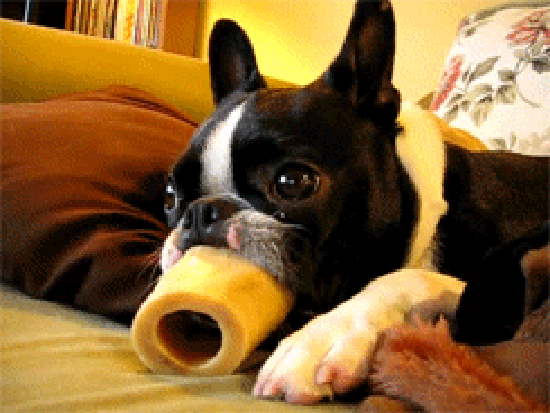

4. Desensitize your pup to anxiety triggers
When you pick up your keys, or put on your coat, or even just start getting dressed, your pup most likely tends to sense impending alone time sans her beloved human, and gets worked up. In order to ease her mind, you can teach your pup that jingling keys doesn’t necessarily mean you’re leaving. For example, put on your coat and shoes and watch TV for an hour or two. Or grab your keys and hang out at home for twenty minutes so she doesn’t associate these routines with you leaving.
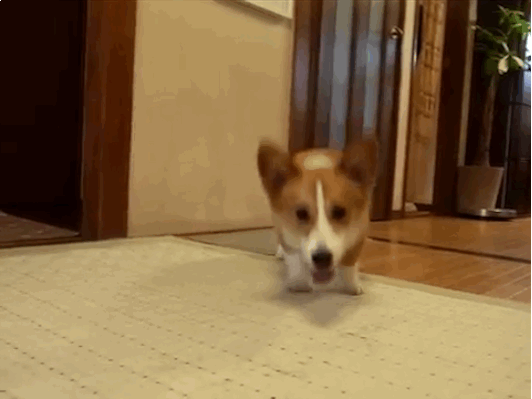

5. Leave your dog alone for short periods of time to begin with
Start by leaving her alone for 5 then 10 mins. When you can tell that your dog is getting used to those short periods of absence without incident, you can gradually increase the time to one hour until you get to up to 8 hours!
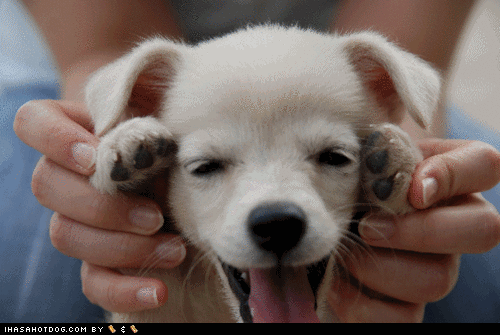

The key to all these solutions is patience. It’ll take time for your pup to learn and adjust to these routines, so take your time training. It will require a lot of effort on your part. For example, a coworker of mine employs the method of putting on his coat and taking it off multiple times every morning so his pup doesn’t associate him leaving with the coat. That takes an extra 10-15 minutes out of his morning, but it’s a small price to pay to have a happy, well adjusted pup.
Sources: ASPCA, PetCo., Cesar’s Way, Pets. WebMD



